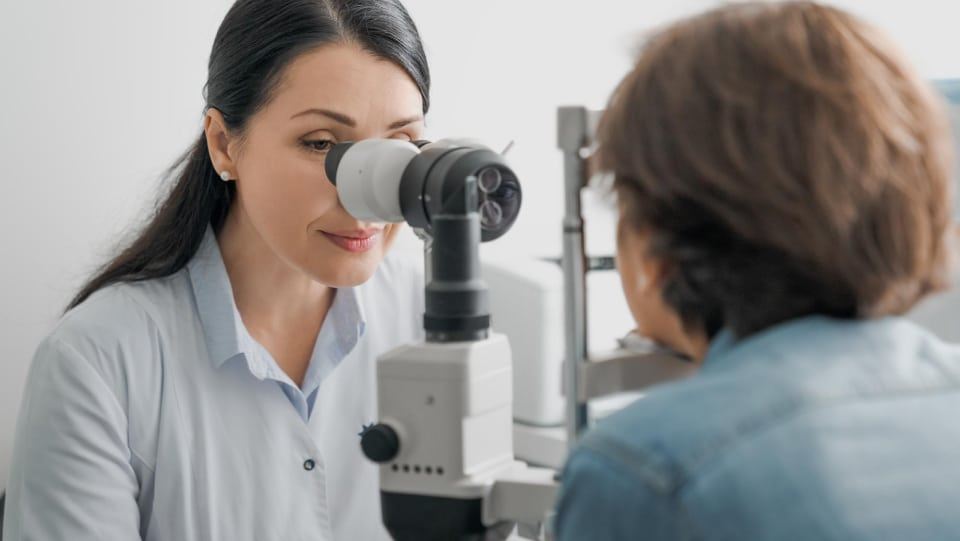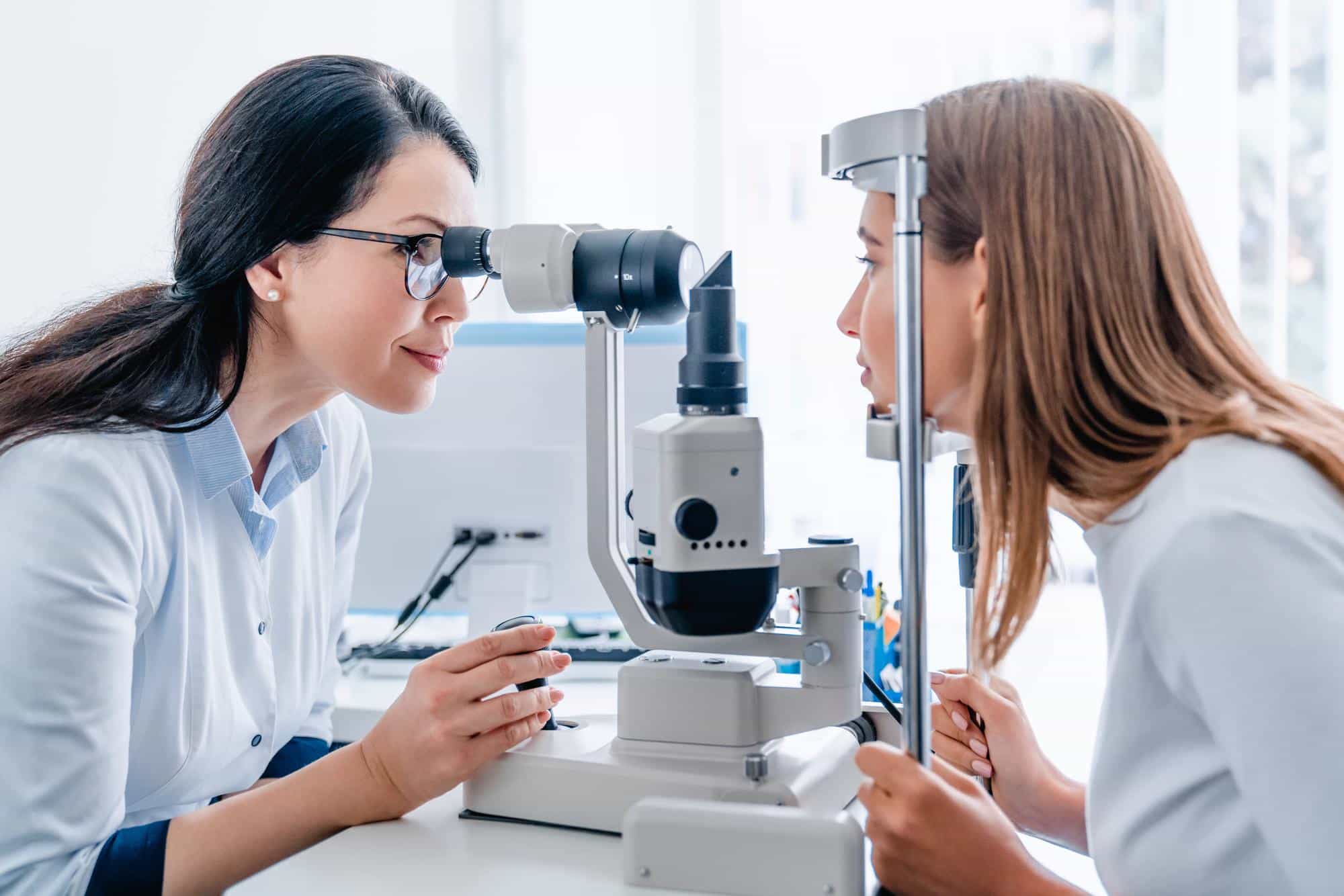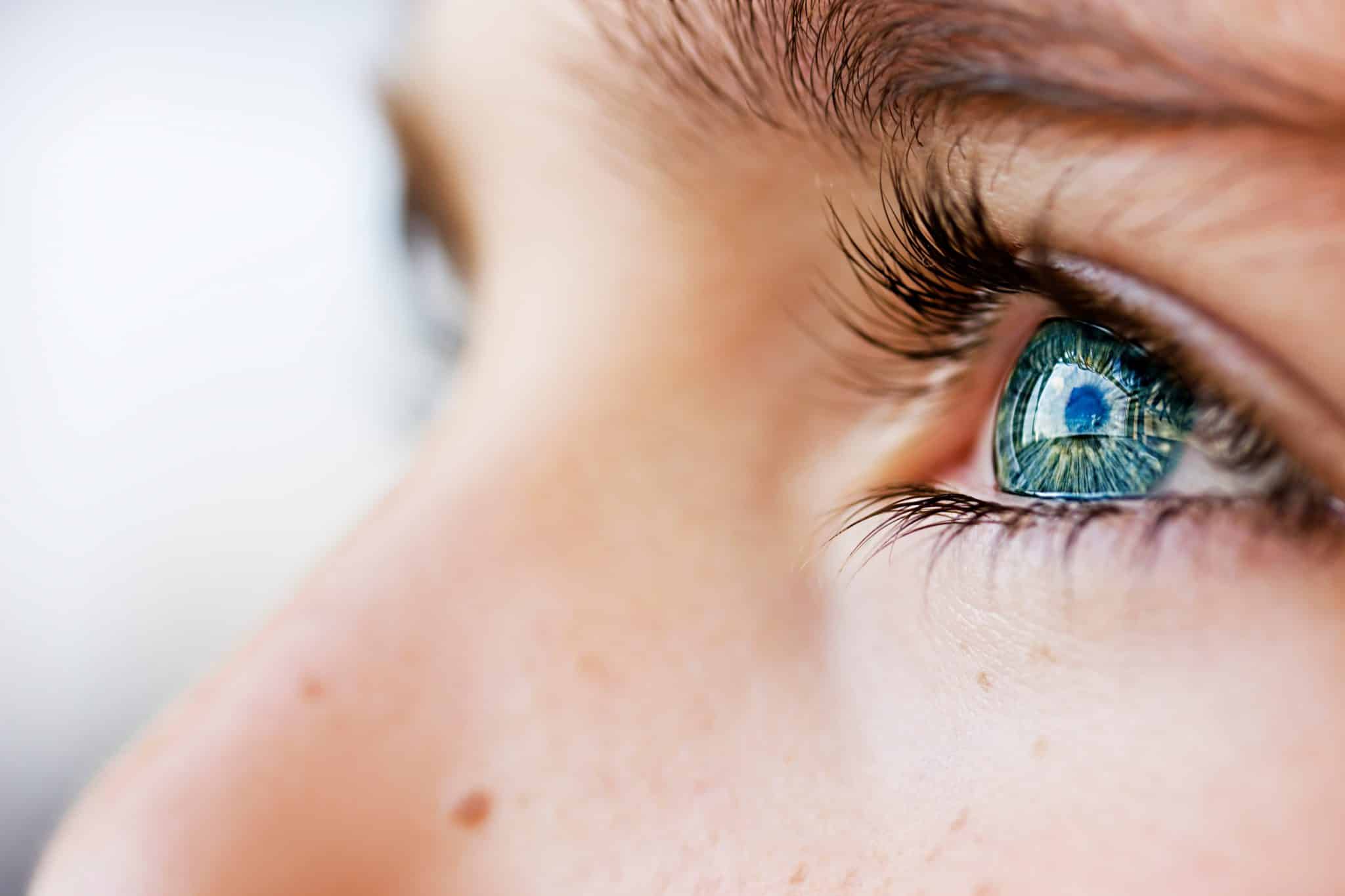Orthocorrection (a.k.a. orthokeratology) is a non-surgical, safe and effective method of slowing the progression of myopia.
It is recommended for patients who lead active lifestyles and do not want to wear glasses or contact lenses during the day. Orthocorrection is done while sleeping, using a specially designed and matched lens.
Short-sightedness (myopia)
Short-sightedness is a visual defect that affects both adults and children. It is one of the most common eye defects. It involves parallel light rays entering the eye refracting in front of the retina instead of on it. For a short-sighted person, objects far away are blurred and to see them clearly he squints his eyes.

Short-sightedness must be corrected
For many years it was considered that low myopia did not require correction. Nowadays, this view has changed and correction is recommended regardless of severity. Uncorrected myopia can cause symptoms such as headaches (mainly frontal), dizziness, a sense of disorientation, worse vision in the evening and at night, in addition to blurred vision. In addition, frequent squinting and rubbing of the eyes can lead to inflammation of the conjunctiva, tearing and burning.
In studies, it has been proven that lack of vision correction or too weak glasses leads to faster worsening of myopia.

Degrees of myopia
Short-sightedness usually develops during adolescence. Myopia occurs when the eyeball is too elongated, the cornea or lens is too convex, or is the result of developing diabetes or cataracts.
Degrees of myopia:
- small – called school, up to -3D,
- average – between -3D and -6D (according to some sources between -3D and -8D)
- large – above -6D (according to some sources above -8D)
Methods of myopia correction and progression
Myopia progression can be effectively prevented with the procedure:
- laser vision correction;
- Orthokeratology, otherwise known as orthocorrection , which is performed while the patient is sleeping, using a specially designed and matched lens.
What is the correction of myopia with orthocorrection?
The effectiveness of the process is related to the optimal fit of the orthocorrection lens to the corneal surface. The lens is designed and selected individually for each patient.
Orthocorrective (orthokeratology) lenses
Orthokeratology lenses are rigid gas permeable lenses that change the shape of the cornea during sleep. The tear film, which is located under the lens, interacts with the epithelial cells of the convex part of the cornea. As a result, they move outward and the cornea flattens out.
The ortho lens is extremely effective – worn overnight, it produces an effect that is felt by the patient the very next day. Upon awakening, the defect is corrected in approx. 60-70%. Full correction of the defect usually occurs after approx. month, provided that the patient follows the recommendations (above all, a minimum of 6 hours of sleep per night) and regular follow-up visits according to the schedule received.
Are you interested in orthocorrect lenses?
At our clinic, experienced specialists take an individual approach to each patient. You are welcome to schedule a consultation.

More than 120 years of experience passed down from generation to generation.
Qualification for the application of orthocorrection
Orthocorrection is recommended primarily for children over 7. year olds with myopia and adult patients with myopia who are not eligible for laser vision correction surgery.
Myopia up to -8 diopters and astigmatism up to -2 diopters can be corrected with this method. However, with myopia up to -4.5 diopters and astigmatism up to -1.5 diopters, the effect is more quickly felt by the patient (after just about 4 weeks). With larger defects, adaptation to the new image may take longer.
A computerized eye exam and corneal topography (corneal map) are performed before therapy begins. The decision to qualify a patient for the orthocorrection process is made by the specialist performing the qualification.
Contraindications to orthocorrection
The main contraindications for orthocorrection are untreated autoimmune diseases, corneal cone and corneal scars. The others are analogous to the selection of regular contact lenses. These include inflammation or infection of the eye, as well as disease, injury or defect of the eye that affects the cornea and surrounding tissue.
Possible complications
The most common complications associated with orthocorrection include corneal epithelial damage, corneal infections and possible corneal vascular neoplasia. Safety in the use of orthocorrection depends primarily on absolute adherence to the recommendations related to ortho lens wear and follow-up visits.

